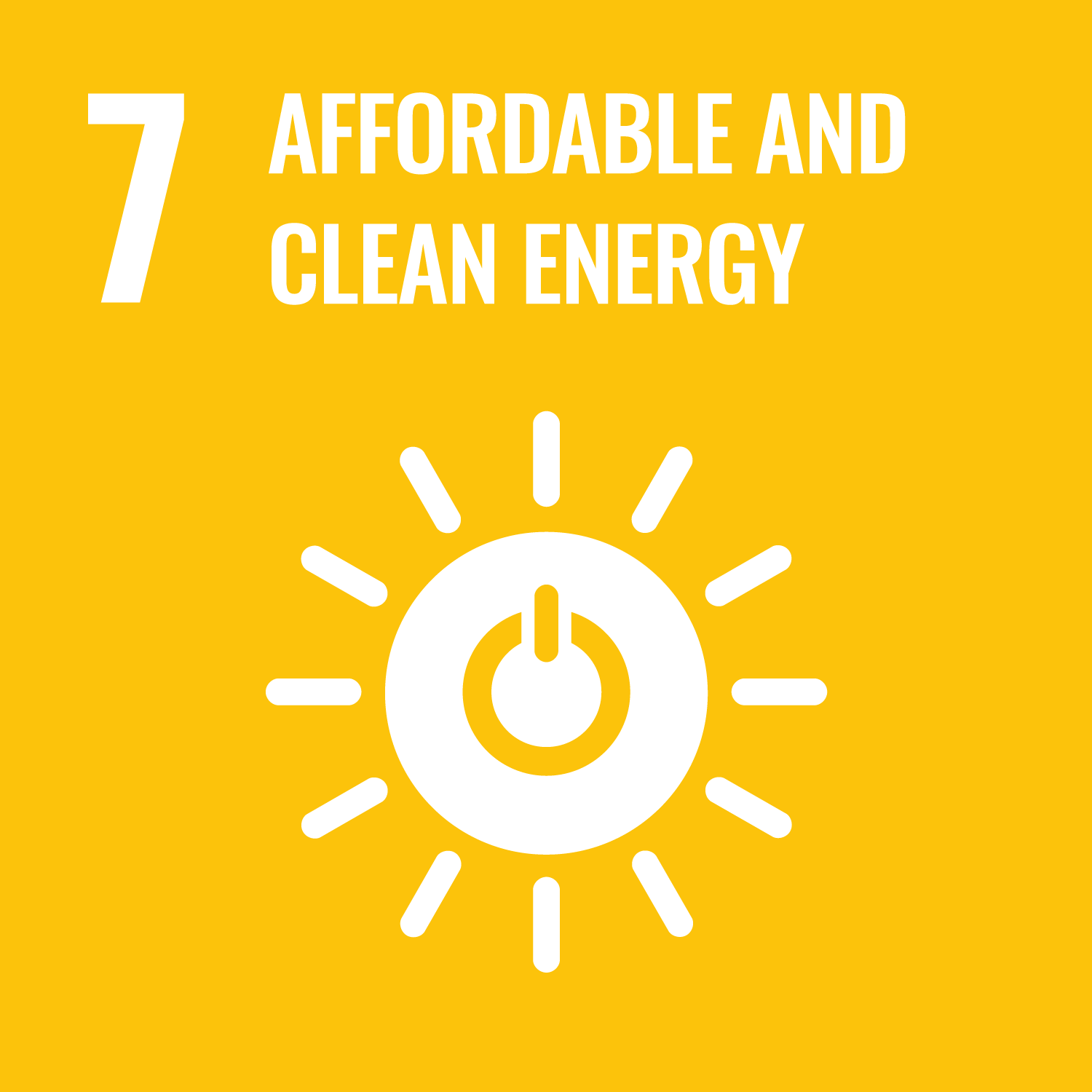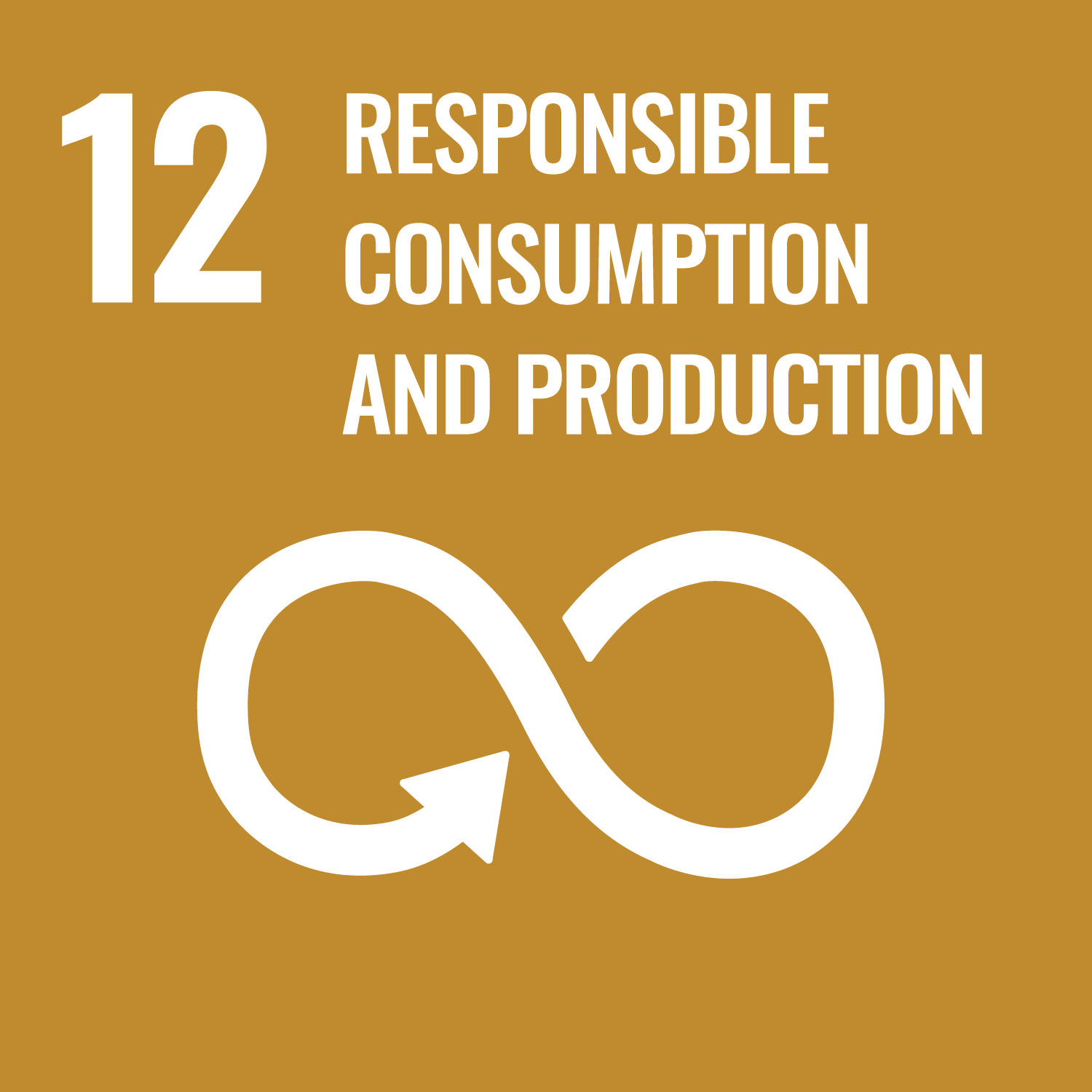ORCID
- Anaëlle J. Lemasson: 0000-0002-5158-0610
Abstract
Thousands of artificial (‘human-made’) structures are present in the marine environment, many at or approaching end-of-life and requiring urgent decisions regarding their decommissioning. No consensus has been reached on which decommissioning option(s) result in optimal environmental and societal outcomes, in part, owing to a paucity of evidence from real-world decommissioning case studies. To address this significant challenge, we asked a worldwide panel of scientists to provide their expert opinion. They were asked to identify and characterise the ecosystem effects of artificial structures in the sea, their causes and consequences, and to identify which, if any, should be retained following decommissioning. Experts considered that most of the pressures driving ecological and societal effects from marine artificial structures (MAS) were of medium severity, occur frequently, and are dependent on spatial scale with local-scale effects of greater magnitude than regional effects. The duration of many effects following decommissioning were considered to be relatively short, in the order of days. Overall, environmental effects of structures were considered marginally undesirable, while societal effects marginally desirable. Experts therefore indicated that any decision to leave MAS in place at end-of-life to be more beneficial to society than the natural environment. However, some individual environmental effects were considered desirable and worthy of retention, especially in certain geographic locations, where structures can support improved trophic linkages, increases in tourism, habitat provision, and population size, and provide stability in population dynamics. The expert analysis consensus that the effects of MAS are both negative and positive for the environment and society, gives no strong support for policy change whether removal or retention is favoured until further empirical evidence is available to justify change to the status quo. The combination of desirable and undesirable effects associated with MAS present a significant challenge for policy- and decision-makers in their justification to implement decommissioning options. Decisions may need to be decided on a case-by-case basis accounting for the trade-off in costs and benefits at a local level.
DOI Link
Publication Date
2024-02-14
Publication Title
Journal of Environmental Management
Volume
352
ISSN
0301-4797
Acceptance Date
2023-12-19
Deposit Date
2024-06-18
Additional Links
Keywords
Decommissioning, Environmental management, Expert judgement, Impact assessment, Offshore wind, Oil and gas platforms, Climate, Humans, Ecosystem, Oil and Gas Fields, Environment, Consensus
Creative Commons License

This work is licensed under a Creative Commons Attribution 4.0 International License.
Recommended Citation
Knights, A., Lemasson, A., Firth, L., Bond, T., Claisse, J., Coolen, J., Copping, A., Dannheim, J., De Dominicis, M., Degraer, S., Elliott, M., Fernandes, P., Fowler, A., Frost, M., Henry, L., Hicks, N., Hyder, K., Jagerroos, S., Jones, D., Love, M., Lynam, C., Macreadie, P., Marlow, J., Mavraki, N., McLean, D., Montagna, P., Paterson, D., Perrow, M., Porter, J., Russell, D., Bull, A., Schratzberger, M., Shipley, B., van Elden, S., Vanaverbeke, J., Want, A., Watson, S., Wilding, T., & Somerfield, P. (2024) 'Developing expert scientific consensus on the environmental and societal effects of marine artificial structures prior to decommissioning', Journal of Environmental Management, 352. Available at: 10.1016/j.jenvman.2023.119897



